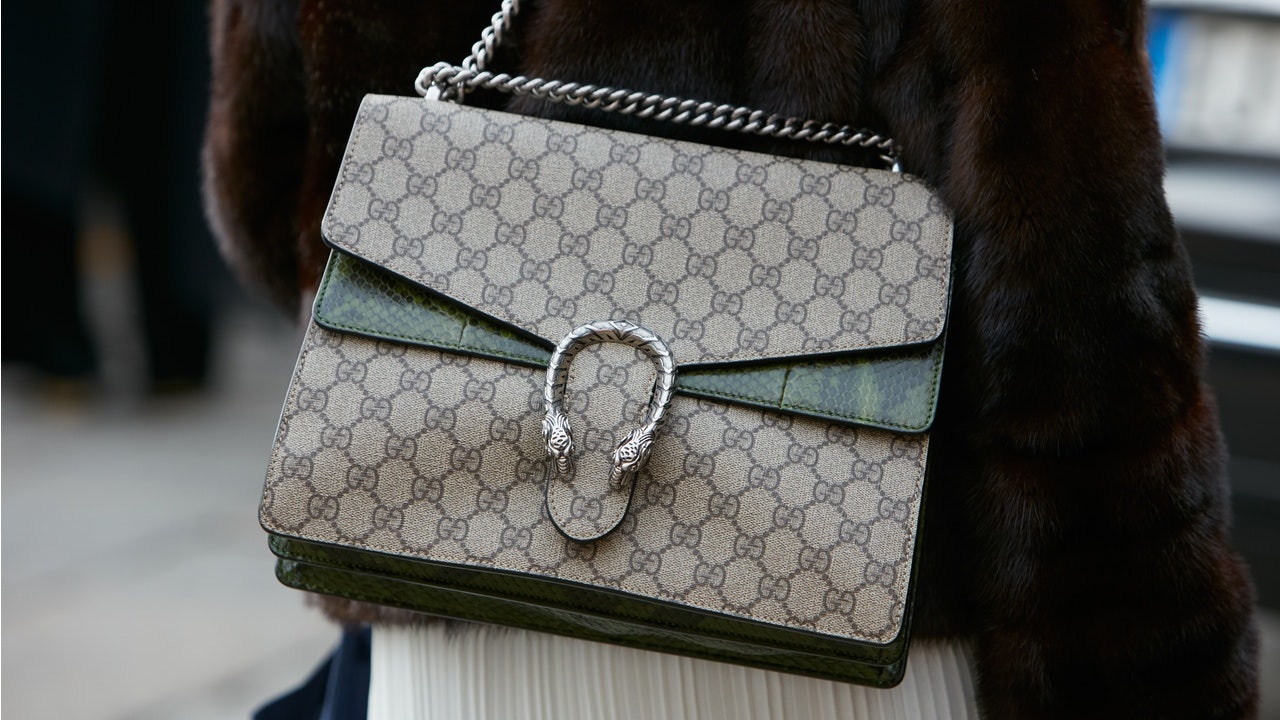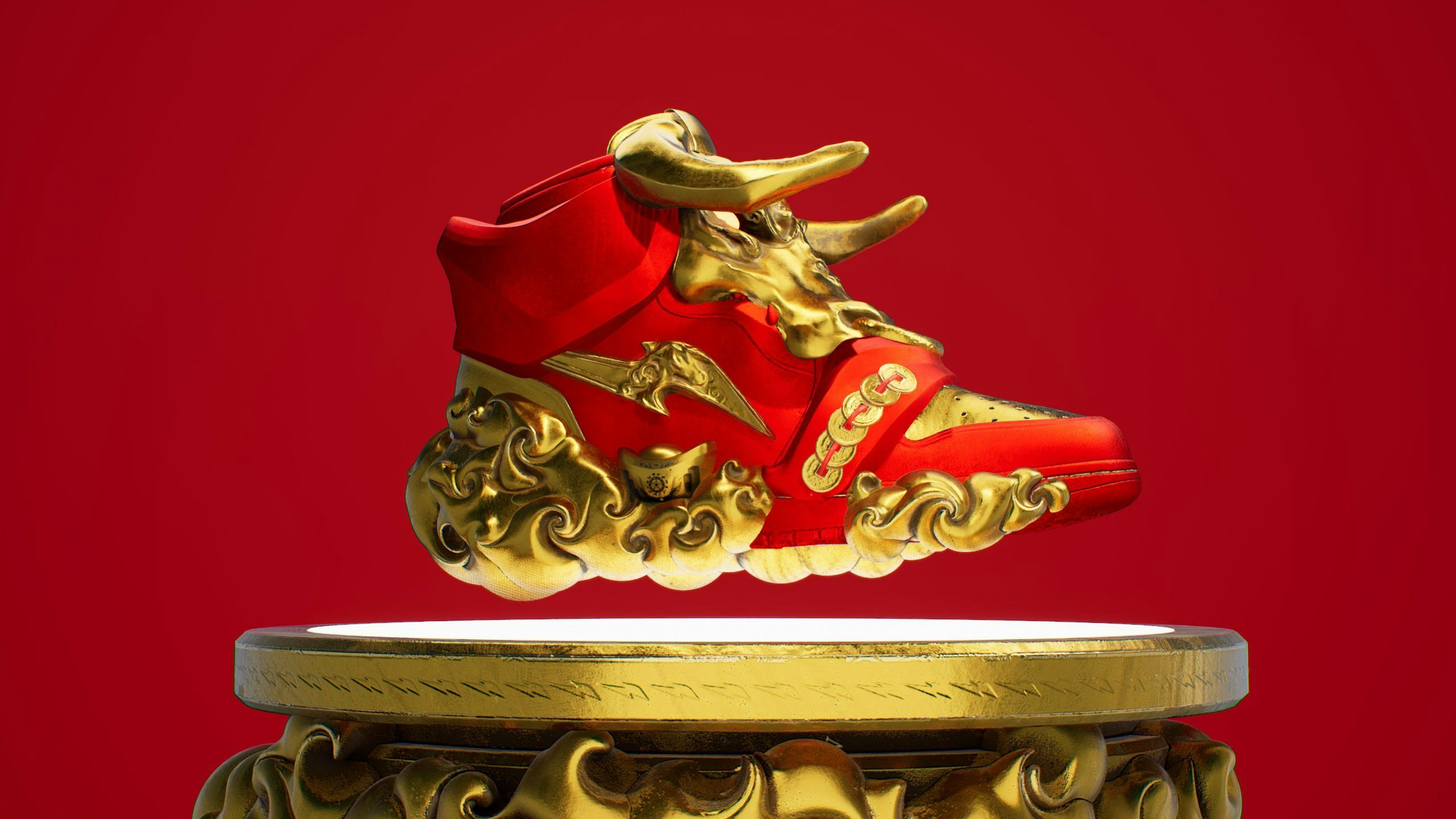What happened
A digital version of Gucci’s Dionysus Bag with Bee created for the Roblox marketplace has been sold for 4,115 — exceeding the price tag of the physical accessory IRL. The virtual bag was on sale at Gucci Garden, an experience engineered as a collaboration between Kering’s jewel in the crown and the online gaming platform. Here, visitors could meet up, have their avatars try on various branded items, and make purchases.
These items included digital iterations of eyewear, perfume bottles, hats and bags — all of which cost roughly 5. However, as these were only available for a limited period of time, their resale value quickly skyrocketed. The two-week event acted as a virtual accompaniment to the Italian luxury leader’s multimedia touring exhibition Gucci Garden Archetype, which is currently on show at the Shanghai Exhibition Center until August 2021.
The Jing Take
By 2025, the revenue from virtual worlds is predicted to approach 400 billion. For those that are questioning the sudden rise in demand for virtual fashion, the real question is: why has it taken this long?
For decades the ability to dress avatars has existed; Roblox is 15-year-olds and one of many such gaming “metaverse” platforms. Meanwhile, the desire to showboat designer names is as real online as it is in daily life; why would it not be? Clothing choices are an integral part of our identity — online or off.
And in a very real sense luxury has always been a virtual tool by which we augment ourselves. Labels operate as powerful signifiers; design transcends function. Anyone who finds the idea of a virtual accessory strange should take a look in their own wardrobe. After all, when was luxury ever just about utility?
The Jing Take reports on a piece of the leading news and presents our editorial team’s analysis of the key implications for the luxury industry. In the recurring column, we analyze everything from product drops and mergers to heated debate sprouting on Chinese social media.

